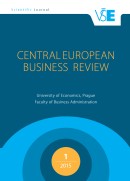

Keywords: CASE tools; database design methodologies; intelligent tutoring systems
To apply Extended Entity Relationship Model (EER) is a good method for representing requirements on information systems, because of its high level of abstraction. Although it is very close to the user, it is not so trivial when some constructs, such as higher order relationships, are used. This paper describes the characterisation and several important results of an experiment performed at our university in order to show some of the difficulties found when novice students and practitioners use ternary relationships. Some special topics in identifying ternary relationships such as the importance of the domain of text and the intersection data are also investigated. In order to guide and help users in the design task, these results are introduced in PANDORA Case Tool, a research project which tries to serve as a methodological assistance tool.
More...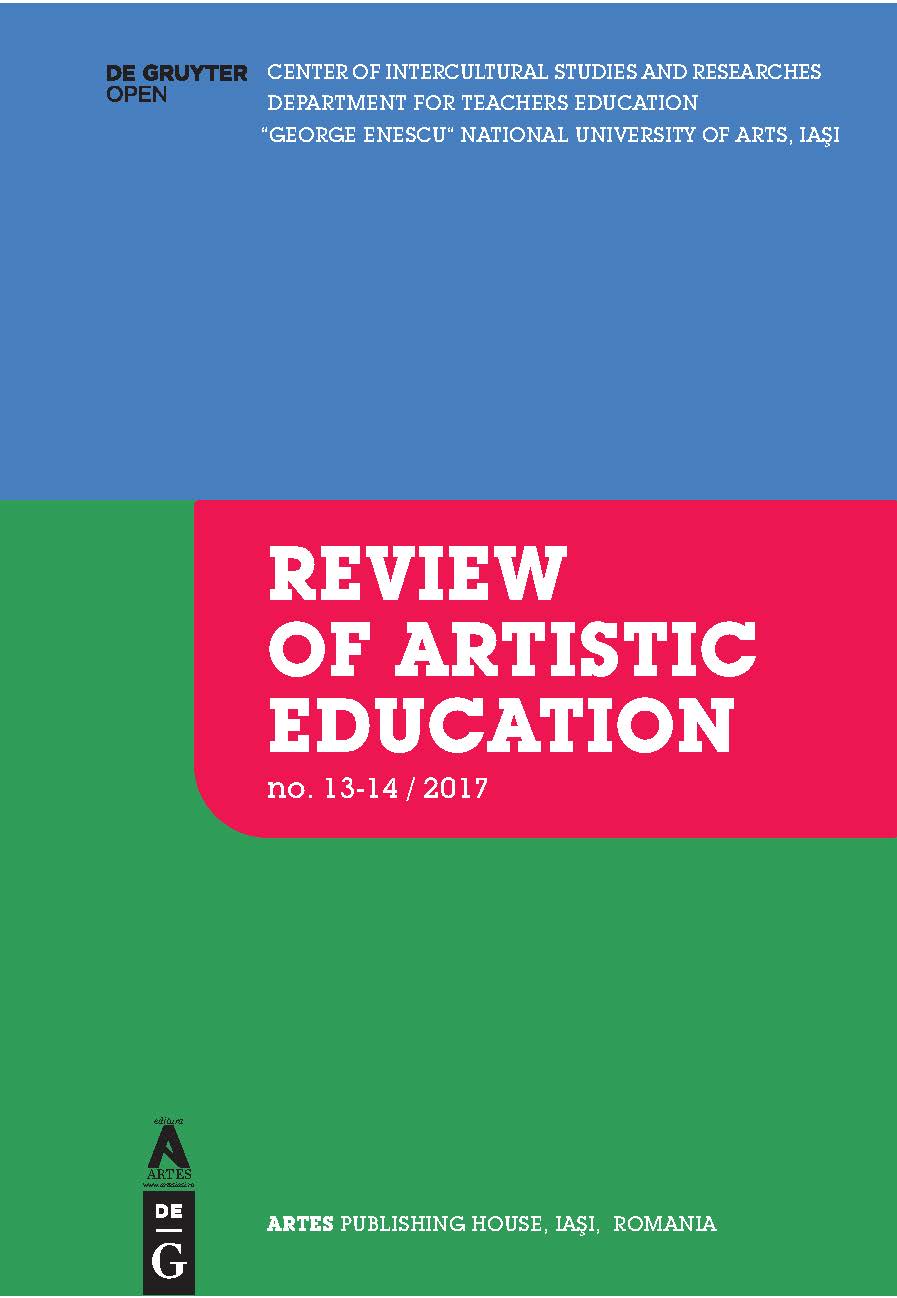
Keywords: Education; Architecture; Modeling; Art; Academia; Partnership;
Students and Teachers are an epic symbiosis in process of direct learning and academic advancement. Nowadays, this interaction is more bonded and interdependent with technology and equipment‟s, which in a whole system expands learning horizons. The digital era has introduced in the education system new modes of learning, a new way of life and style in schooling. This phenomenon changed the methods of teaching in universities, where lectures were accompanied with concrete explanations of works in modeling, in structural and conceptual sense. The relationship between a student of architecture and teachers broadened with introduction of computer aided modeling and simulation tools to construct those ideas into the reality. The study presented in this paper investigates conceptual methods in art, architecture, creativity and innovation in academic education, focusing on interactive teaching issues, and methods. The research methods consist of empirical observation carried out during 25 years of experience in academia, and direct observation of teaching methods. The purpose of this paper is to examine the evolutive process in teaching relations between architectural students and teachers, with the focus in educational competencies and communication skills. Findings indicate that through artistic concepts of “Modelarium” as an unconventional learning space, a tool and space that enables the partnership. An informal meeting place for artistic interaction, but, concurrently it is a formal part of the educational system in architectural studies, a strategy by which we can bring more: time, conceptual awareness of space and interactive teaching in architecture, which bonds multidimensional threads between students and teachers; thus, fostering a powerful sense of partnership, avoiding boredom and passive learning, while facing the challenges, associated with the development of technology, life style, real issues and global world trends. Research suggests that uniform and/or partially new strategy, cannot respond to all specific issues faced by students in day to day basis. Therefore, new teaching strategies must involve new partnerships, a brand new and a redefined role as a holistic symbiosis, as an response to a less functional and/or conventional academic system. Partnership, a new working symbiosis between students and teachers is an answer to the needs of working together simultaneously towards continuous improvement of academia processes.
More...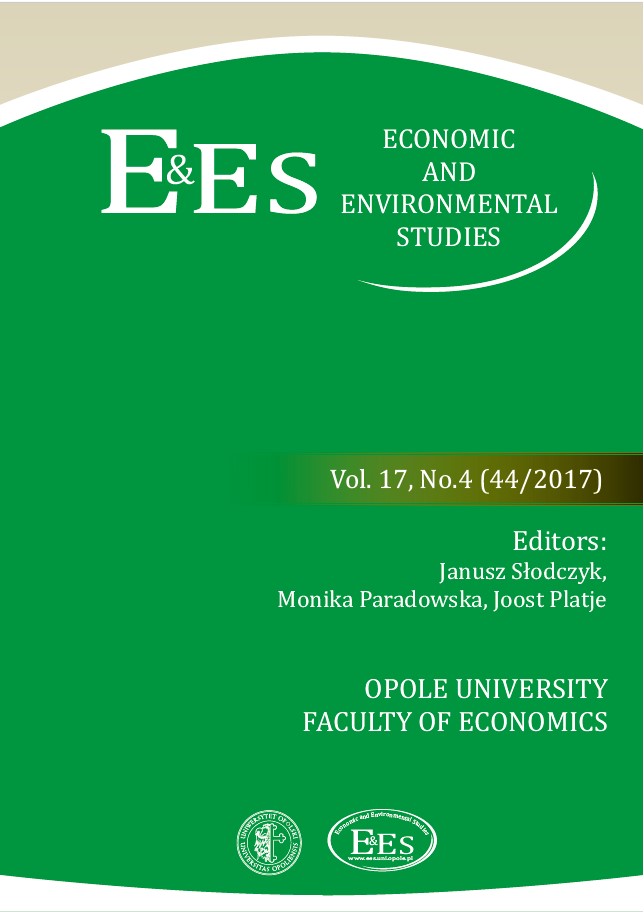
Keywords: Employee performance; Ergonomics awareness; Ergonomics design; Hindrances; Implementation methods and practices
The study examined the effects of ergonomics on employee performance by ascertaining the level of ergonomics awareness in Nigerian organizations, identifying the factors hindering the use of ergonomic, and the best practices and methods adopted by various organizations across industries. Despite a knowledge of importance to a growing number of researchers in Nigeria, there is still a dearth in knowledge of ergonomics design and its implementation in Nigeria. This can be observed in the low level of its adoption. The study adopted an exploratory approach through the review of literature. It was seen that several factors have hindered the efficient implementation of ergonomics in Nigeria which ranges from awareness, insufficient relevant studies, personnel considerations, resources constraints, technological changes, communication and integration disconnection between employees and equipment designers. Also, some best practices and methods adopted by various organizations across industries were identified to include, but not limited to: integration of human element into work design, ergonomics maturity levels (reactive, preventive, proactive and advanced) and quality of workspace (office design, furniture and spatial arrangements, lightings and heating arrangements, noise level). It is, however, recommended that researchers in the field of ergonomics and practitioners in the industry should intensify efforts in carrying out relevant study, organizing conferences and seminars as well as media publicity on why ergonomics should be part of our daily activities. It is also recommended that organizations should orientate and train employees on ergonomics so that they will be aware of the benefits derivable from it and be able to fit into the organization’s designs. Lastly, they should integrate employee/human element into ergonomics design process by getting detailed anthropomorphic data, which may bridge the communication disconnect between employees and ergonomic designers.
More...
Keywords: Stimulus-Organism-Response model; environmental impact; approach behaviour; avoidance behaviour; repeat purchase;
The main objective of the paper is to explore the impact of store design factors on consumer behaviour and to indicate how the store design evaluations influence customers’ relationship to a particular store. In our research we explore the store design factors of shelf height and shelf layout. We examine both cognitive and affective information processing in shaping store preference framework. Empirical research was conducted using laboratory experiments with photographic images of store design. Data were gathered from a total of 240 respondents. Non-probability sampling in the form of convenience sampling was employed. Analysis of variance was employed to test the hypotheses. We conclude that both design factors investigated in the study are important determinants of repeat purchase intention, however with different effect on cognitive and affective level.
More...Keywords: strategy; project; Balanced Business Scorecard; perspectives;
The balanced business scorecard is a widely-used management framework for optimal measurement of organizational performance. Explains that the scorecard originated in an attempt to address the problem of systems apparently not working. However, the problem proved to be less the information systems than the broader organizational systems, specifically business performance measurement. Discusses the fundamental points to cover in implementation of the scorecard. Presents the rules developed as a means of bringing the framework closer to practical application.
More...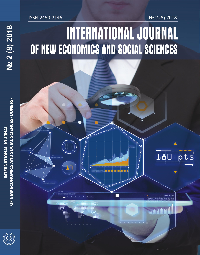
Keywords: creativity; communal services; management; innovations
This article deliberates on the topic of managing the organization’s creativity. Attempts have been made to define this concept with regard to its various dimensions. In order to refer to the practice of the above issues was presented and discussed in detail the methodology of Design Thinking. Its essence is brought down to the search for creative solutions to business and social problems. It includes various entities, including consumers, in finding the answers to these various issues, which contributes to better meeting their needs. The last part of this study illustrates three case studies presenting the possibilities of creative problem-solving related to the activity in the municipal services industry. Two first case studies refer to the previously mentioned Design Thinking method. In contrast, the third case study is an example of the creative approach of a company dealing with a selective waste collection for the needs of the disabled people. It is also an example of social innovation and open innovation.
More...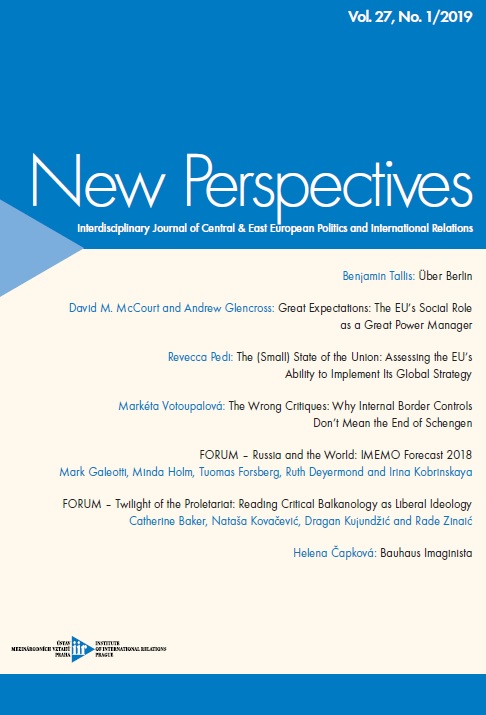
Keywords: Bauhaus;exhibition;catalogue;
Excerpt from the exhibition catalogue Bauhaus Imaginista, that runs until 10/06/2019 at the Haus der Kulturen der Welt, Berlin
More...Keywords: research design competencies; research project; research design;
The formation of the competencies necessary in the field of educational research implies both the acquisition of knowledge regarding this field and the specifics of the researches carried out here, as well as the capacities, the abilitiesto design different researches, on various topics, present and of interest, to carry them out, to monitor all the actions aimedat achieving the proposed finalities, validating hypotheses, finalizing the research undertaken, disseminating the results,capitalizing on them. To these, we add the development of an appropriate attitude, keeping to the principles of scientificethics.We consider the design phase to be particularly important for the success of it. The instrument that materializes the designactivity of the research, the research project represents a unitary, coherent and logical structure of all the steps and actionsthat will be undertaken.The present study aims to analyze the importance of this tool in the initial teacher training process, where training in thefield of educational research has to occupy an important place. We used two research methods: the questionnaire surveyand the analysis of the product activity. The sample of subjects was made up of 83 MA students from the Faculty ofLetters, which also run in parallel with the Masters Program, the Psycho-pedagogical Training Program, level II and,within it, the Methodology of Educational Research discipline.The results obtained from the investigation confirmed the value of the pedagogical research project in the formation ofthe researcher's competencies of the future teacher students.
More...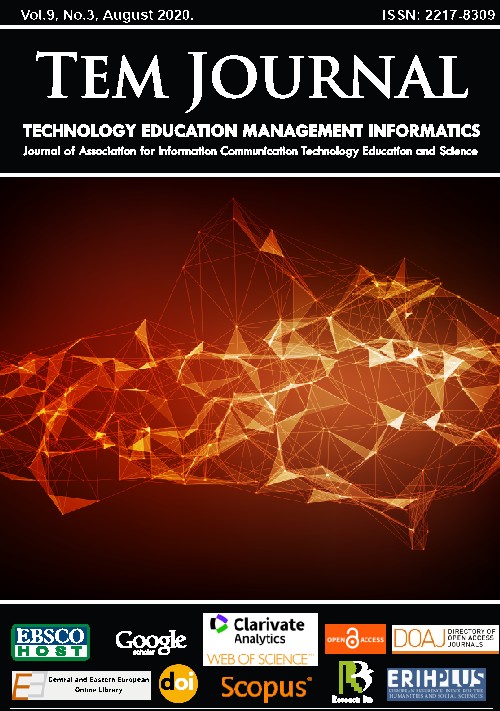
Keywords: CAD; education; engineering and computer graphics;
In this paper there are examples showing that AutoCAD (computer-aided design (CAD)) was and still is a powerful tool for technical graphics. Since Autodesk is a pioneer in the market of commercial widely available CAD systems, in this company CAD principles (which can be used by relatively unprepared users), nature and volume of teams, sequence and features of their implementation were developed. Despite the fact that today AutoCAD is only one of many packages, and its use as a training program guarantees not only high-quality training of specialists, but also the fact that the employee can easily switch to another CAD system, intuitively understanding the principles of function. In terms of technical performance, AutoCAD is a complete tool covering the entire spectrum of functions in the field of "Engineering and Computer Graphics" course.
More...
Keywords: comprehensive evaluation; control system training kit; modular-based; learning media;
The aims of this study are 1) to develop the electromagnetic control system training kit that can be used as learning media on the basis of a modular design, and 2) to comprehensively evaluate the learning media through three different approaches, i.e., functional-based test, experts' judgment, and userbased assessment. The design and development process of the learning media utilized the widely known ADDIE model that comprises analysis, design, development, implementation, and evaluation. The finding showed that the learning media developed passed the functional-based test and worked well as designed. Moreover, the experts of media design and learning material quality judged the learning media as feasible to use in the learning process. The user also rated the learning media as feasible.
More...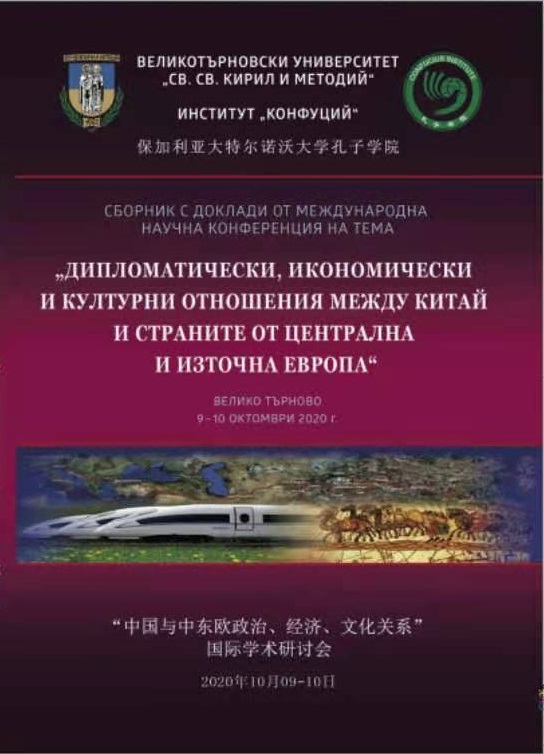
Keywords: multimedia courseware; classroom teaching; content design
As a method of teaching, multimedia courses have already been widely and established. A multimedia device is a requirement for every modern classroom. However, the truth is that it also has many disadvantages. After analyzing the problems occurring in multimedia courseware in the process of classroom teaching, this paper dwells on some of them: the insufficient grasp of courseware content, the defects in courseware design, and the excessive dependence of teachers and students on multimedia courseware. The purpose of this article is to discuss these problems and to suggest practical countermeasures in order to improve the efficiency of multimedia courseware in classroom teaching.
More...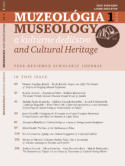
Keywords: interactive art; submersive method; exhibition space; design; cultural heritage;
The constant development of multimedia technologies and, as a result, their rapid spread among countries around the world has been a general trend in digital art in the late twentieth and early twenty-first century. This phenomenon, as practice shows, comes out top among other creative activities. With the help of multimedia technologies it is possible to optimize multimedia systems in figurative and meaningful value relations. An important role here is given to the development of a unigue multimedia “language”, which harmoniously combines technical, creative and value-oriented components. This article presents an analysis of the use of the submersive method in solving scenario-design problems for the preservation of elements of cultural heritage through the use of 3D mapping and video projection in exhibition space design and for projections onto the facades of architectural landmarks. The content of such video projections and specific characteristics of the artistic images they draw upon depend on the functional purpose of the context in which the interactive work is presented. There remains a need for greater scientific understanding of the phenomenon of interactive art, in the interests of improving professional design practices in the preservation of cultural heritage works.
More...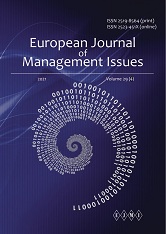
Keywords: multi-method; mixed method; qualitative; quantitative;
Purpose: To explore the feasibility of using the multi-method and mixed-method in research studies by reviewing and comparing both methods. Design / Method / Approach: Using the literature, historical background on mixed-methods and multiple-methods design principles are collected and applied in this paper in a systematic review format. Findings: The major finding from this research is that incorporating quantitative and qualitative data in the form of a mixed or multi-method study has the potential to dramatically increase the accuracy and quality of any research's analysis and conclusions. Theoretical Implications: The study contributes to the theoretical understanding of how mixed and multi-method studies have distinct and distinguishable characteristics; it encourages researchers to conduct investigations appropriately to accomplish their research goals. The authors of this article introduce different designs (e.g., embedded design, explanatory design) which combine a mixed-method approach with a multi-method one. Practical Implications: This study concludes that both mixed methods and multi methods are reliable and have unique characteristics that increase the validity (i.e., external validity, generalizability) and reliability of study findings. Originality / Value: The authors of this paper present a taxonomy how to combine mixed methods with multi methods. Research Limitations / Future Research: Research should be directed at defining the appropriate design for a multi-method approach to help researchers conduct multi method studies scientifically. Paper type: Conceptual
More...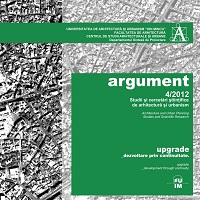
Keywords: design processes; design methodology; CAAD levels; computational technology;
What method, what system uses an architect to design a building? How can the programmatic requirements and the context be translated into architectural design, with their various degrees of freedom and constraints? This paper reviews some of the methods that are part of the design process. It analyzes the design methodology of three architects: Peter Eisenman, Lars Spuybroek (NOX), Ben van Berkel (UNStudio) with emphasis on: The theory: the elements or concepts resulting from their theoretical stance The method: the way in which the architects organize their design process, how, where and at what stage is using CAAD The result: the way in which the outcome of the design process is shaped by the theory and method The choice of these architects was based on three criteria: 1) Changes in the levels of CAAD necessary to study a particular approach - the design sequences of the three demanding increased complex design skills, 2) Scale on which the methods are applied: architectural or urban level and the shift of focus to the form (Eisenman), the event (NOX) or program (UNStudio), 3) Theoretical works published by authors and the way in which they transpire in their practice of architecture.
More...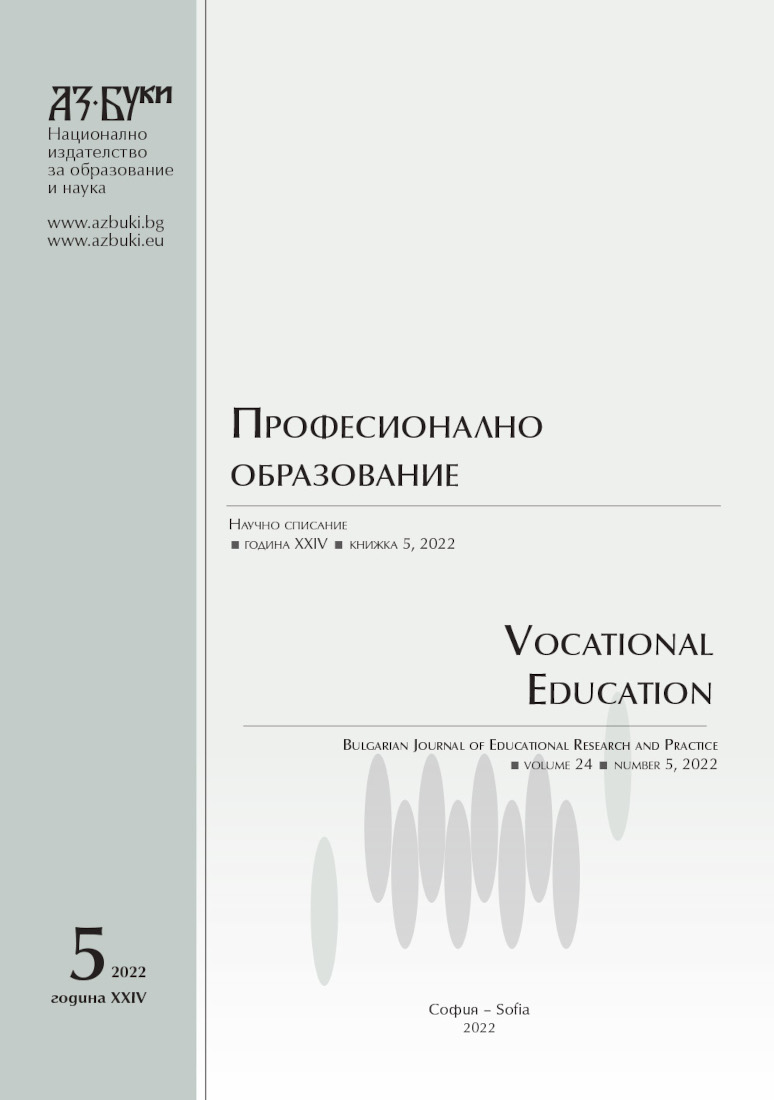
Keywords: plants and flowers; floral design; inspiration; holistic; mental flexibility; trends; fast movement in society; level 5 and 6; passion; professional and branch development; distinguish; future floral
In our floral industry trend is a very important factor. As a university we are very aware of this phenomenon. Design and trends are always moving and changing and we have built this into the teaching program that we offer. We take the students for excursions to visit trend stock marketing, closely follow trend watchers, keeping an eye on the trends of fashion and living. But we have also developed assignments where students do research for innovation at their internship. So we know how to deal with these changes and to prepare students for this phenomenon. In this paper I would like to put forward how and if we can develop mental development and mental flexibility by using creative reflection and thereby preparing students for a fast world.At this moment we already do train the students to look differently to plant material and technique, in another way of designing and how to make choices. It’s important to distinguish oneself as a florist at this high level (level 5 and level 6) in the floral industry. It’s important to move with trends and have an innovative authentic vision of floral design.
More...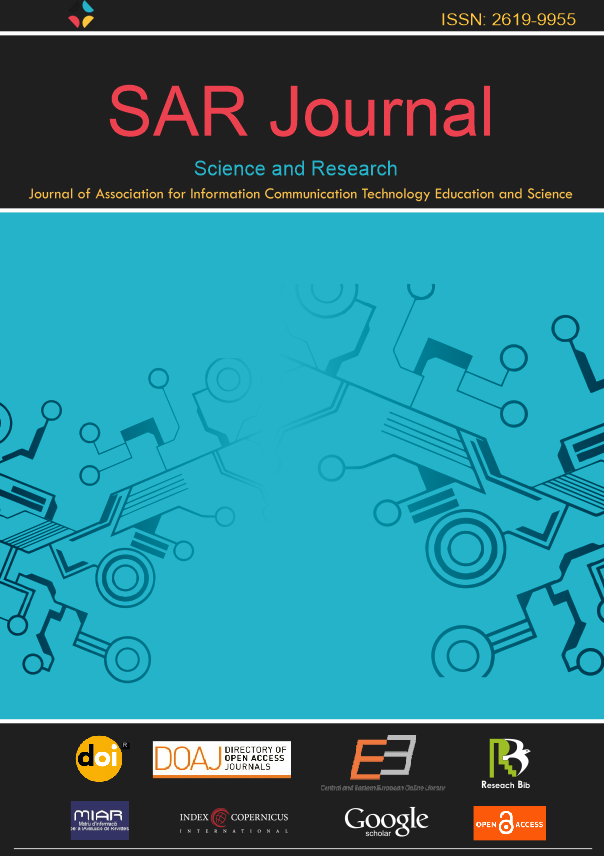
Keywords: magnetism; tutorial method; web-based learning medium
Technology, particularly in the form of web-based learning resources, aided education during the COVID-19 outbreak. In responding to the condition, this study aims to (1) develop a web-based interactive learning medium application of magnetic material with tutorial method; (2) describe the feasibility of a web-based interactive learning medium for students using magnetic material and a teaching technique. The model used in this study was the ADDIE model. Total of 29 students junior high school in Banjarmasin participated in this study as subject for implementation product. Data collection techniques in this study used validity assessments, questionnaires and tests. The results of the study showed that: (1) HTML, CSS, Javascript, JSON, and Firebase were utilized in the development, and (2) based on these findings, it can be stated that a web-based interactive learning medium for students using magnetic material and the tutorial approach is feasible for use in learning since it meets the the criteria of validity, practicality and effectiveness.
More...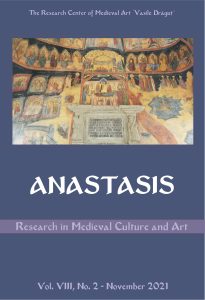
Keywords: Shahsevan tribe; Verneh; symbology; animals;
Most of the nomads of East Azerbaijan province belong to the tribes of Arasbaran and Shahsevan, nine independent tribes in the Yaylak period, and seven independent tribes in the Qishlaq period. Shahsevan nomads are composed of different tribes, such as Ajirlu, Moghanlu, Giglu, Qaralar Meshgini etc. Verneh, as a type of carpet, Maffrash or means of carrying household furniture, were mainly woven by nomads and some villagers in the settlement of Shahsevan nomads in Azerbaijan and some surrounding areas, such as Pars Abad, Germi and Meshgin Shahr counties of Ardabil province, and Ahar and Kaleybar counties of East Azerbaijan province. This handicraft has both the simplicity of the rug (Kilim) style and the elegance and beauty of the carpet. The lack of sufficient information in this field has led to a close study of some of these motifs related to Verneh. Therefore, one of the most important objectives of the research is to introduce motifs, concepts and animal symbols hidden in Verneh, in order to expand knowledge about the artistic products of this region and examine the impact of nomadic life conditions on the nature of their products in these areas. The research method is applied in terms of nature and purpose and its findings were first done as field research. Then, the samples from the studies were matched with the general information and eventually examined. The results of this study show that the animal motifs created in verneh tell the truth about the material and social life of weavers and show a valuable collection in their life. Verneh’s paintings and motifs depict the nomadic way of life, the animal-dependent life in direct connection with nature, the adherence to the customs of the ancestors and the beliefs of these people. Animal motifs are a symbol of nomadic life, related to nomadic livestock.
More...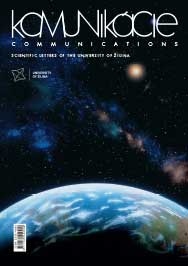
Keywords: Sheer Metal Manufacturing; Coding; Classification;
Industry increasingly faces the need to respond rapidly and effectively to ever changing market demand. This need is partially met by introducing a high degree of flexibility into all industry phases, especially manufacturing. Group technology idea has been widely applied to the metal cutting area. In many instances, significant productivity gains have been achieved. However, very little work has been reported in applying GT in the sheet metal manufacturing. Sheet metal parts produced in sheet metal process with/without plastic deformation (pressing, punching, bending, etc) are on the increase. These processes are becoming one of the major manufacturing processes. One possible reason for the limited GT application in sheet metal manufacturing could be the lack of a suitable coding and classification system. Results indicated here say that the proposed GT concept would increase production system flexibility.
More...